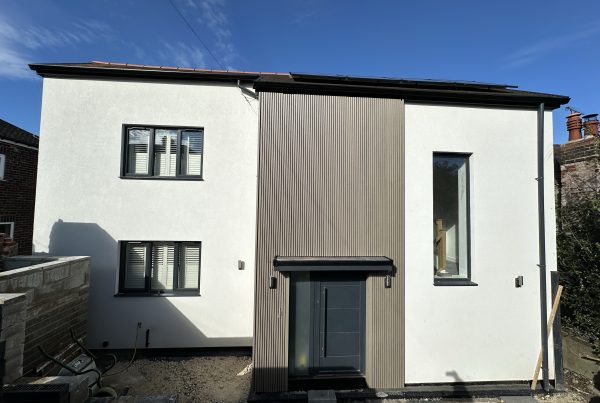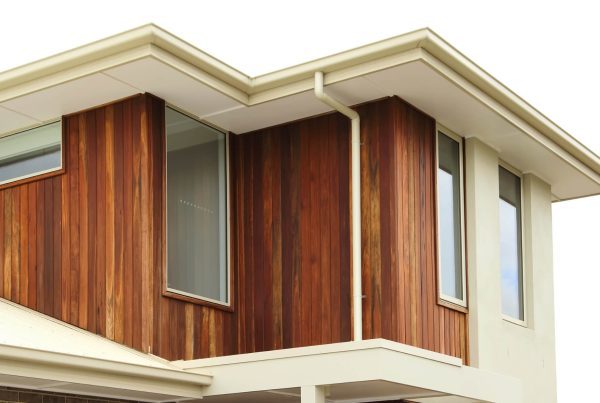Rendering is an excellent way to protect and enhance the appearance of a building, but when done incorrectly, it can lead to costly repairs and unsatisfactory results. Whether you’re a homeowner considering rendering or a contractor aiming for a flawless finish, understanding common rendering mistakes and how to avoid them is essential.
1. Poor Surface Preparation
The Mistake: Failing to properly clean and prepare the surface before applying render. The Problem: Dirt, dust, and loose materials can prevent the render from adhering correctly, leading to cracks and detachment over time.
How to Avoid It: Always clean the surface thoroughly, removing any dust, grease, or loose particles. If the wall is particularly smooth or non-porous, apply a bonding agent to improve adhesion.
2. Incorrect Mixing of Materials
The Mistake: Not following the correct mix ratio when preparing the render.
The Problem: An overly wet or dry mix can compromise the render’s durability, causing cracks, weak adhesion, or an uneven texture.
How to Avoid It: Always follow the manufacturer’s instructions when mixing the render. Use clean water and measure ingredients accurately to ensure consistency.
3. Applying Render Too Thick or Too Thin
The Mistake: Applying an inconsistent render thickness across the surface.
The Problem: A render layer that is too thick may crack as it dries, while one that is too thin may not provide sufficient protection or coverage.
How to Avoid It: Apply render in controlled layers, ensuring a uniform thickness. Most manufacturers recommend a thickness of around 10-15mm per coat.
4. Ignoring Weather Conditions
The Mistake: Rendering in extreme weather conditions—either too hot, too cold, or too wet.
The Problem: Hot weather can cause the render to dry too quickly, leading to cracks, while cold or wet weather can cause improper curing and weak adhesion.
How to Avoid It: Always check the weather forecast before starting. Avoid rendering in direct sunlight, heavy rain, or freezing temperatures. If necessary, use protective covers or delay the project.
5. Not Using the Right Type of Render for the Surface
The Mistake: Applying the wrong type of render for a specific wall surface.
The Problem: Some renders are more suited for brick, while others work better on block or insulated surfaces. Using the wrong type can lead to poor adhesion and a compromised finish.
How to Avoid It: Choose the right render based on the substrate material. For example, silicone or acrylic renders work well for modern insulation systems, while cement-based renders are suitable for traditional brickwork.
6. Skipping the Curing Process
The Mistake: Not allowing enough time for the render to cure properly.
The Problem: If the render is not given enough time to set, it may not achieve its full strength and durability.
How to Avoid It: Follow the recommended curing times from the manufacturer. Protect the render from excessive wind, rain, or direct sun exposure during the curing period.
7. Poor Finishing Techniques
The Mistake: Rushing the finishing process or using incorrect tools.
The Problem: A poor finish can lead to an uneven surface, visible lines, or an unprofessional look.
How to Avoid It: Use the right tools, such as floats and trowels, and apply smooth, even strokes. Take your time to achieve a clean and polished finish.
8. Not Using a Professional Installer When Needed
The Mistake: Attempting a DIY job without the necessary skills and experience.
The Problem: Poor application can result in cracks, uneven surfaces, and wasted materials.
How to Avoid It: If you’re inexperienced, it’s best to hire a professional rendering company to ensure high-quality results. Additionally, always ask for identification cards proving that the workers are approved installers from the material supplier. This ensures they have the necessary training and expertise. Also, check if the company is a member of an accredited entity like CHAS (Contractors Health and Safety Assessment Scheme) to ensure they follow industry standards and safety regulations.
Conclusion
Avoiding these common rendering mistakes will save you time, money, and frustration in the long run. Proper surface preparation, material mixing, application, and curing techniques are essential for achieving a durable and attractive finish. If you need expert advice or professional rendering services, get in touch with MACA Rendering Ltd for reliable, high-quality solutions.
Need help with your rendering project? Contact MACA Rendering Ltd today for expert advice and top-quality service!
Gledis Maca
Company Director
Maca Rendering Ltd
0114 400 0129
07488733338




